11. Will vSphere HA help on VM failures too ?
- In an order to detect the VM failures, you need to enable VM Failure Monitoring. So that it detects the Disk I/O and sends the internal heartbeat to check the VM all the time. If the VM is stopped functioning, VM will be restarted automatically by vSphere HA.
12.What is the use of vMotion ?
- Using vMotion feature,we can move the running VM’s from one ESXi host to another ESXi host without any downtime. vMotion copies the VM’s in-memory contents to the destination server and freeze the operation on current ESXi host and resumes the VM’s on remote ESXI node.
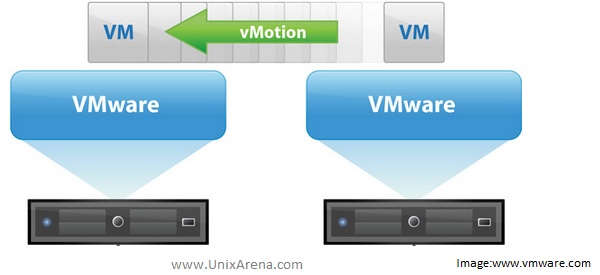
13.What is the use of Storage vMotion ?
- vMotion is possible only when you have Shared storage like FC-SAN,ISCSI-SAN or NFS. If you want to move the VM from one datastore to another datastore without any downtime,then you need to perform storage vMotion.
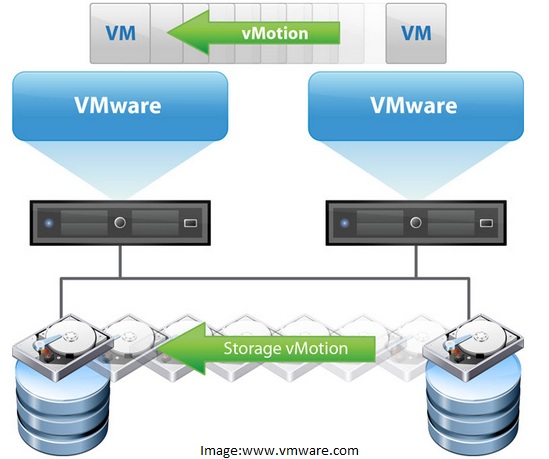
Note: You can perform the vMotion and Storage vMotion together without any downtime.
14.Why vMotion feature is not used/can’t use in vSphere HA ?
- vMotion is used for planned migrations and possible only where the source and destination ESXI hosts are running properly.vSPhere HA is used to reduce the downtime due to failures of physical ESXi hosts.So When the failure accours on ESXi nodes, there is no time to perform vMotion and can’t be used.
15.Is there any way to prevent the VM’s unplanned downtime using vSphere HA ?
- Yes.You can prevent the unplanned downtime using vSphere falut tollerance along with vSphere HA.
16.How the vSphere Fault tolerance(FT) works ?
- Using vLockstep technology , vSphere FT maintains the mirrored secondary VM on different ESXi physical host that is kept in lockstep with the primary.So when the primary ESXi node goes down due to hardware issue, secondary VM will immediately step-in and provide the service. At this point, this VM will become primary and secondary aka mirrored VM will be created on possible ESXI host to prevent the further ESXi failure.
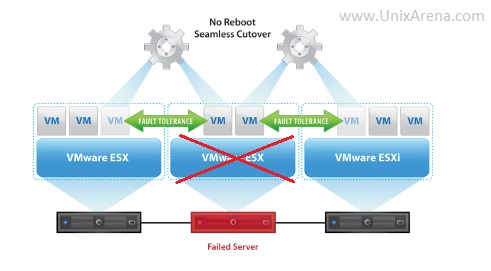
17.What is vSphere DRS(Distributed Resource Scheduler) ? How it works ?
- vSphere DRS is an intelligent frame works which always monitors the cluster nodes health check and performs the vMotion automatically whenever required. For an example ,if one of the ESXI cluster host memory has been utilized more than 90% and due to that lot of paging happening on that server. vSphere DRS detects such things in quick time and moves few VM’s to another ESXi cluster to least-balance the cluster nodes without any downtime by leveraging vMotion functionality. It applies for high contention for CPU utilization too. So vSphere DRS helps to balance the CPU & Memory utilization across the ESXi cluster nodes.
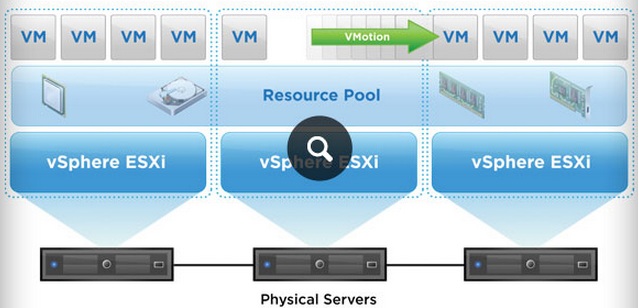
18. What is vSphere storage DRS ? How it works ?
- vSphere Storage DRS like vSphere DRS but it applies to storage.It helps to balance storage utilization and performance between data-stores on same ESXi clusters.
`19.What is VSAN ? How it works ?
- VSAN forms the storage pools across the multiple nodes using internal disks and allows you to create a datastores that spans multiple ESXI hosts. VSAN also protect the data using VM storage profiles and you can configure it according to your requirement. You need SSD’s(Solid State Drive) to configure VSAN. Click here to learn more about VSAN.
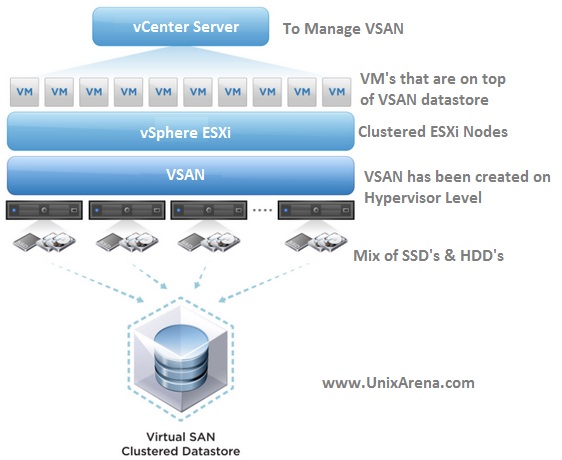
20.What is Flash Read Cache ?
- vSphere 5.5 supports solid state drive through feature called Flash Read Cache.Using Flash Read Cache, you can assign a caching space to VM’s like how are you assigning like CPU,Memory and other resources to VM’s. Solid state drive can provide much better that IOPS compare to normal disks.
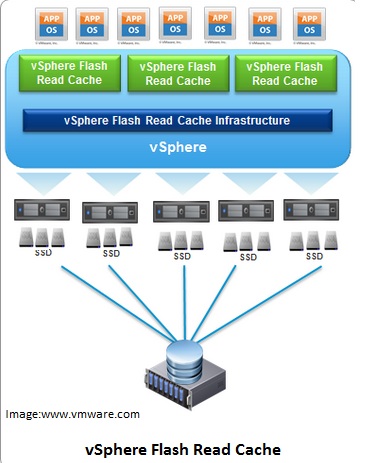
21.What is the use of Storage I/O Control in vSphere 5.5 ?
- You can limit the number of IOPS for each VM.
22.What is the use of network I/O control ?
- Its similar to storage I/O control but its controls the VM’s Network bandwidth.
23.What is vSphere Replication?
- It replicates the complete VM from one datacenter to another datacenter on per VM basis Unlike hardware replication.
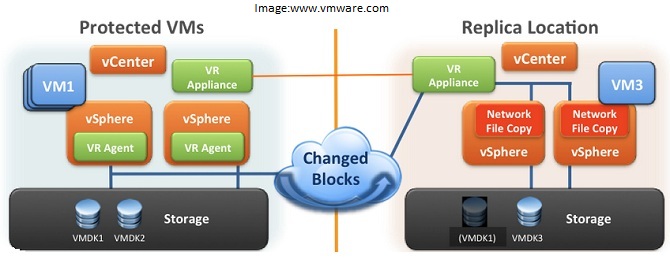
Hope I have mostly covered about all the vSphere products and it features in high level.
Share it ! Comment it !! Be Sociable!!!
jhansi says
Thanks for your wonderful blog. Really your information is very impressive; I am inspired with your blog writing style. Kindly keep updates regularly.
rakesh says
great stuff with picture help us well.thanks.
N.R.Rao says
it is excellent.
Muhammad says
Nice Post .. explained in detail
jothijoy says
wow… Nice Post, Thanks for sharing this wonderful technology
Saurabh Sachan says
Nice article with proper explanation.
Addon – You can include the networking and more on storage, like vSwitche, Distributed Switches, multipathing on storage level.
Thanks!
shoaib khan says
Nicely Explained….
Shahid Iqbal says
Awesome!……hope to see you more for scenario base questions and answers from your side. May God Bless you
adammary says
I hope you will keep writing on this topic.
Dhanraj says
Excellent explanation for those who would like to know about vmware In short.
Thanks
viswa says
very nice bro..
soma says
Good one..VUM shows up in vsphere webclient 5.5.
SREENIVAS says
Explained every feature in detail superbly… Thank you for sharing this technology.